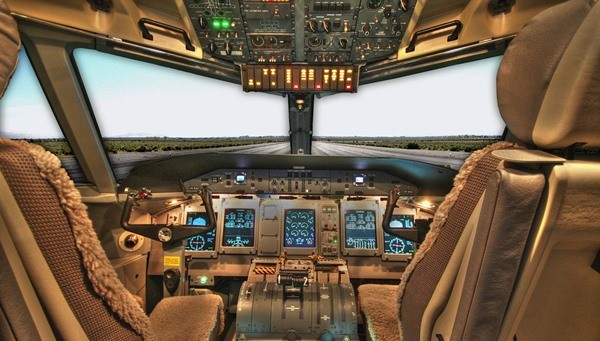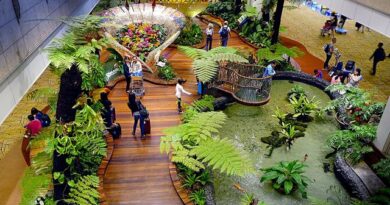Airbus and Cathay Pacific’s Project: Flight with Single-Pilot in Cockpit
The priority of all operations carried out in aviation are safety and security. Any changes made must first not negatively affect the safety of the flight and all operation. When this is the case, the radical changes that are planned to be made in aviation operations go through long trials, tests and then accreditation processes. Some studies have been carried out for years on the number of pilots on active flights, one of the most critical professionals in aviation, on airplanes. And one of these studies is being prepared by Airbus and Cathay Pacific companies, Airbus and Cathay Pacific companies are preparing to conduct single-pilot flight trials.

Within the framework of the program known as “Project Connect” within Airbus, long-range flights are primarily targeted.
Currently, there are three pilots on long-haul flights with wide-body aircraft. The number of pilots can increase to 4 on flights where the distance the aircraft is flying is very long. During these flights, two of the pilots are in the cockpit, while the other pilot/pilots are in the resting areas.
For example, these three pilots shifts on duty and rest during a 10-12 hour flight.
Within the scope of the project we mentioned, Airbus and Cathay Pacific aim to reduce the number of pilots to two on such flights.
In summary, one of the objectives of the project is to have only one pilot in the cockpit during the en-route part of the flight at high altitude. However, in the most critical phases of the flight, such as landing and take-off, two pilots will still be in the cockpit.
EASA, which will evaluate the project throughout 2021, is expected/targeted to initiate the required certification process in 2022.
It is alleged that Lufthansa, as well as Cathay Pacific, are working on this project, but not very enthusiastic about it.
If the trials with Airbus A350 type aircraft, whose autopilot system has been specially updated for this purpose, are successful, the application in question is aimed to be activated in 2025.
This promises savings for airlines amid uncertainty over the post-pandemic economy of intercontinental flight. But it’s likely to face resistance from pilots, already hit by mass layoffs, and safety concerns related to aircraft automation.
When we consider the safety and security concerns that I mentioned at the beginning of the article, it should not be difficult to guess that such a change will not be easily accepted around the world.
For more articles.


